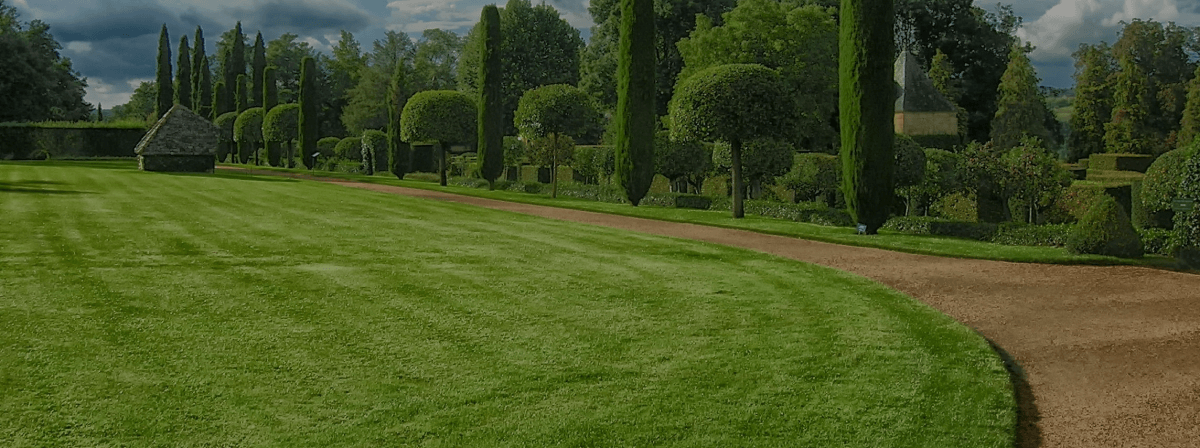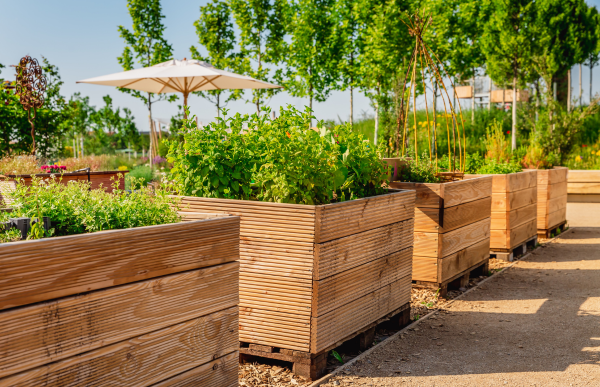How to Build a Raised Garden Bed (Step-by-Step Guide) + What to Buy
A raised garden bed is a fantastic way to grow vegetables, herbs, and flowers, especially if you have poor soil, limited space, or want a more organized garden. In this guide, I’ll walk you through everything you need to buy and provide step-by-step instructions on how to build a sturdy, productive raised bed.
📋 Shopping List: What You Need to Buy
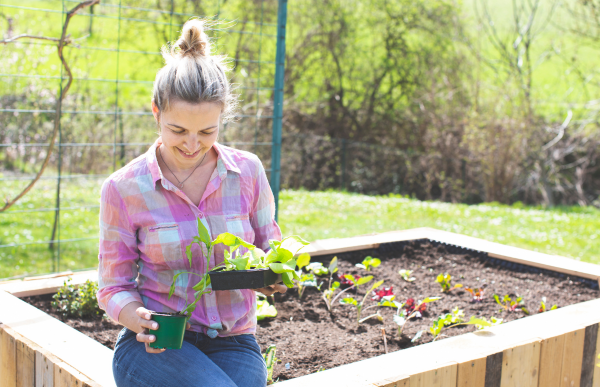
Here’s everything you’ll need to build your raised garden bed.
1. Materials for the Frame
- Wood: Opt for rot-resistant, untreated wood like:
- Cedar (best for durability, lasts 10–15 years)
- Redwood (long-lasting, but more expensive)
- Douglas Fir or Pine (budget-friendly, lasts 5–7 years)
- Alternative: Galvanized metal sheets for a modern, rust-resistant option
📍 Where to Buy:
🔗 Home Depot – Lumber
🔗 Lowe’s – Raised Bed Kits
🔗 Amazon – Galvanized Metal Garden Beds
2. Hardware & Tools
- Galvanized deck screws (rust-resistant, 2.5-3 inches long)
- Corner brackets (optional but recommended for extra stability)
- Power drill (to drive screws)
- Saw (if cutting wood)
- Tape measure (to ensure accurate size)
- Level (for even assembly)
📍 Where to Buy:
🔗 Ace Hardware – Screws & Tools
🔗 Tractor Supply – Hardware Supplies
3. Soil & Soil Amendments
Your raised bed needs rich, well-draining soil to ensure healthy plant growth.
🌱 Best Soil Mix for Raised Beds:
✔️ 60% Topsoil – Provides structure
✔️ 30% Compost – Adds organic nutrients
✔️ 10% Peat Moss or Coco Coir – Improves water retention
📍 Where to Buy:
🔗 Home Depot – Bagged Soil & Compost
🔗 Lowe’s – Raised Bed Soil
4. Bottom Liner (Optional)
- Hardware cloth (wire mesh) – Keeps out burrowing pests
- Cardboard or newspaper – Blocks weeds naturally
- Landscape fabric – Helps prevent weeds while allowing drainage
📍 Where to Buy:
🔗 Tractor Supply – Weed Barriers & Liners
5. Irrigation & Watering
💦 Options for Watering:
- Soaker hoses – Slow, deep watering
- Drip irrigation kits – Saves water, delivers moisture directly to roots
- Watering can or hose – Best for small gardens
📍 Where to Buy:
🔗 Lowe’s – Irrigation & Watering Supplies
🔨 How to Build a Raised Garden Bed (Step-by-Step)
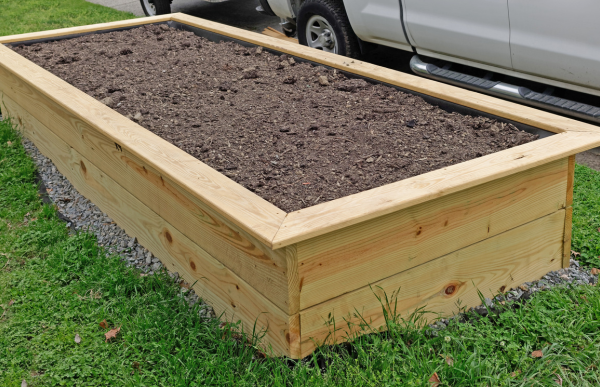
Step 1: Choose a Location
- Pick a spot with at least 6-8 hours of sunlight per day.
- Ensure good drainage (avoid areas that flood easily).
- Consider proximity to a water source for easy irrigation.
Step 2: Measure & Cut the Wood
- Standard raised beds are 4 ft wide x 8 ft long x 12-18 inches deep.
- Use a saw to cut the wood to size if necessary.
- Tip: Keep the width at 4 ft max so you can reach the middle without stepping in the bed.
Step 3: Assemble the Frame
- Lay out the wood pieces in a rectangular shape.
- Use galvanized deck screws to attach the corners.
- (Optional) Reinforce corners with metal brackets for added stability.
- Use a level to make sure your bed is even before tightening the screws.
Step 4: Prepare the Ground
- Option 1: If placing directly on grass, remove sod or lay down cardboard/newspaper to suppress weeds.
- Option 2: If concerned about burrowing animals (moles, gophers), lay down hardware cloth before adding soil.
Step 5: Fill with Soil
- Layer the bottom with organic matter (small branches, leaves, or straw) to improve drainage and enrich the soil.
- Add your 60% topsoil, 30% compost, and 10% peat moss/coco coir mix.
- Level the soil and lightly water it before planting.
Step 6: Plant Your Garden
- Start planting easy-to-grow vegetables and herbs like:
🥬 Lettuce, 🥕 Carrots, 🌿 Basil, 🍅 Tomatoes - Use companion planting to maximize space (e.g., basil next to tomatoes).
📍 Where to Buy Seeds & Plants:
🔗 Burpee – Organic Seeds
🔗 Baker Creek – Heirloom Seeds
💡 Pro Tips for Success
✔️ Water consistently – Raised beds dry out faster than in-ground gardens.
✔️ Mulch the surface – This helps retain moisture and reduce weeds.
✔️ Rotate crops each season to prevent soil depletion.
✔️ Protect from pests – Use row covers, companion planting, or organic pest control.
Is a Raised Garden Bed Right for You?
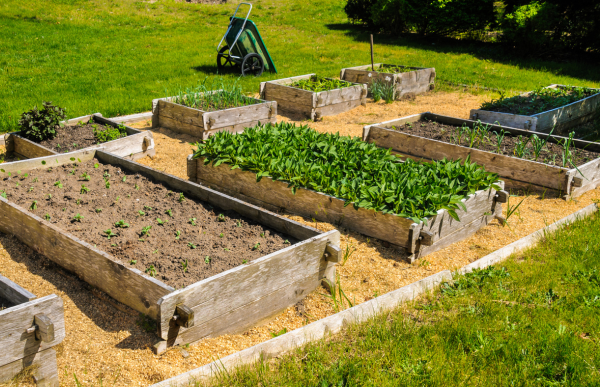
If you want better soil control, fewer weeds, and an easier way to garden, a raised bed is a fantastic investment. It’s perfect for small spaces, urban gardens, and beginner gardeners. Once you have your bed set up, all that’s left to do is plant, water, and enjoy your homegrown harvest! 🌱🌞

